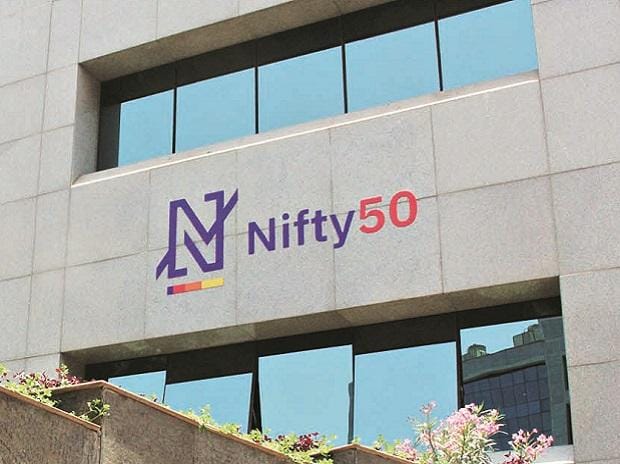Rising commodity prices pose a threat to the markets with 31 Nifty50 companies, or 46 per cent of free-float weighted Nifty market-cap, exposed to commodity-related risks, suggests the latest report from BofA Securities. The research and broking house cautions that the full impact of the rise in commodity prices is yet to play out. In this backdrop, it expects the equity market to consolidate.
Among sectors with high exposure, raw materials comprise 57 per cent of sales for the discretionary sector, according to BofA’s estimates, followed by 36 per cent of sales for materials, 31 per cent for staples, 29 per cent for energy, 28 per cent for industrials, 27 per cent for utilities and 22 per cent of sales for the healthcare sectors.
“So far, companies haven't seen full impact as they had low-priced raw material inventories, but we see this as an imminent risk. See no impact for financials and information technology (IT) services sectors,” wrote Amish Shah, India equity strategist at BofA Securities in a co-authored February 22 note.
According to their analysis, steel, cement, crude, coal, copper, aluminum, iron ore, palm oil and caustic soda are the key commodities relevant for Nifty50 companies, prices of which rose by up to 75 per cent since June 2020.

“Despite this, markets have so far ignored commodity risk as gross margins for most Nifty stocks (ex-staples sector) in fact expanded during 3QFY21. Inventories, typically between 17 – 85 days, have so far cushioned the impact of commodities' price spurt,” BofA Securities said.
Copper and oil prices flare
Among key metals, copper prices on the LME breached the $9,000 a tonne level for the first time since September 2011 on hope of a pick-up in demand after the Chinese New Year. Three-month copper on the London Metal Exchange (LME) climbed as much as 3.1 per cent to $9,187 a tonne, the highest since September 2011, also helped by a weaker dollar.
“If oil price can definitely surprise on the upside, the same also applies to copper. GREED & fear has been hearing for years from commodity experts that copper is the most supply constrained commodity in the world. It is entirely feasible that copper replicates, if not improves upon, the six-fold increase in prices it managed in the last copper bull market,” wrote Christopher Wood, global head of equity strategy at Jefferies in a recent note to investors.

Besides the rise in commodity prices, sporadic lockdowns across key business hubs in India and rising bond yields, according to Shah, are another cause for concern that could keep a lid on market sentiment. “With Nifty already at our year-end target of 15000, continuation of a broad based market rally appears unlikely. Sector rotation could help generate returns,” Shah wrote.
On Monday, the markets extended their losing streak, with the S&P BSE Sensex slipping 1,145 points to end at a three-week low of 49,744 levels. The index has lost around 5.3 per cent from its all-time high of 52,516 levels.
A rise in oil prices, analysts say, is also detrimental for India’s twin deficits and will also fuel inflation. Every $10 per barrel increase in crude prices leads to an additional fiscal deficit of $12-13 billion and a current account deficit of $10-11 billion, notes a recent report from BNP Paribas Mutual Fund. Since their April 2020 low of around $19 a barrel, Brent crude oil prices have jumped around 230 per cent to nearly $63 a barrel now.
 Dear Reader,
Dear Reader,
Business Standard has always strived hard to provide up-to-date information and commentary on developments that are of interest to you and have wider political and economic implications for the country and the world. Your encouragement and constant feedback on how to improve our offering have only made our resolve and commitment to these ideals stronger. Even during these difficult times arising out of Covid-19, we continue to remain committed to keeping you informed and updated with credible news, authoritative views and incisive commentary on topical issues of relevance.
We, however, have a request.
As we battle the economic impact of the pandemic, we need your support even more, so that we can continue to offer you more quality content. Our subscription model has seen an encouraging response from many of you, who have subscribed to our online content. More subscription to our online content can only help us achieve the goals of offering you even better and more relevant content. We believe in free, fair and credible journalism. Your support through more subscriptions can help us practise the journalism to which we are committed.
Support quality journalism and subscribe to Business Standard.
Digital Editor

RECOMMENDED FOR YOU